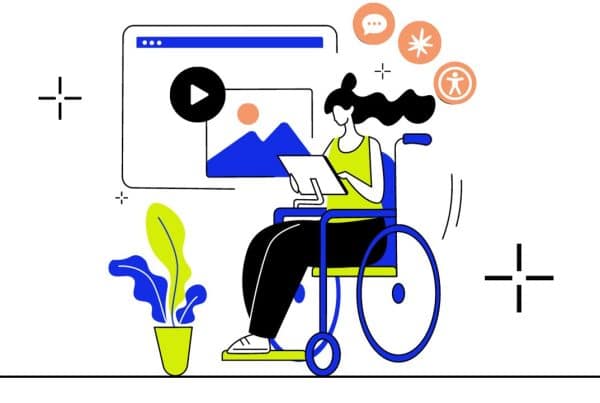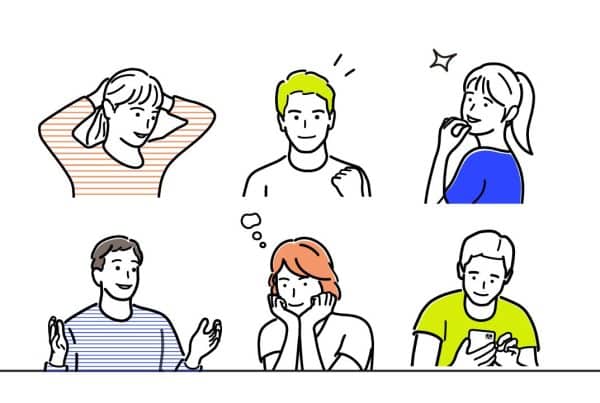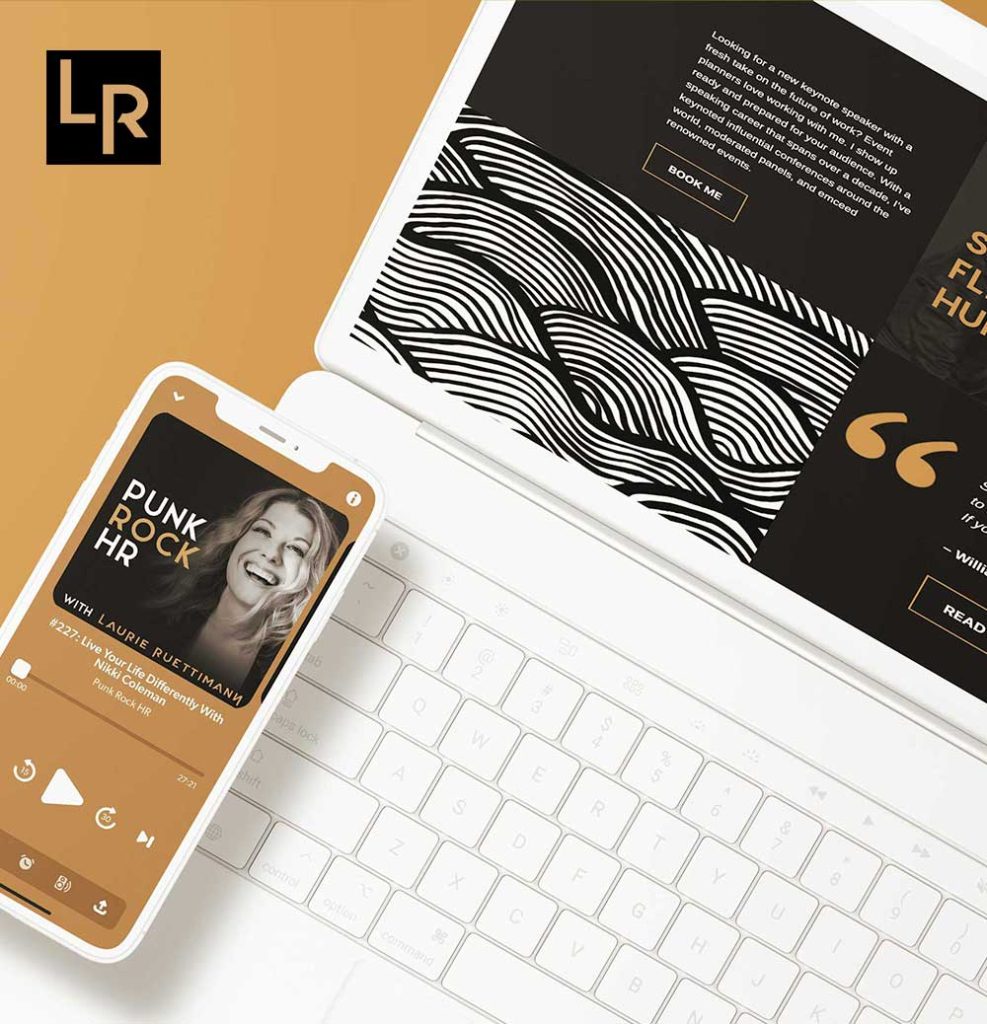Everything You Need to Know About Section 508 Website Accessibility
Imagine you are blind. You’re sitting with your computer or phone, just like you are now. How would you read this?
There are 56.7 million Americans with disabilities today — and they all need to use technology. Think about how much you do on the internet. You shop, search for jobs and gather important information about everything from taxes to the school system.
That’s why it’s important that websites are accessible to everyone.
What is Section 508?
In the late 1990s, Section 508 was added to the Rehabilitation Act of 1973. This law requires that those with disabilities have equal access to electronic information. Section 508 applies to a variety of technology, but we’ll just focus on websites since that’s what we do here at 90 Degree Design.
In January 2017, the U.S. Access Board updated Section 508 requirements to:
- Make them easier to understand and follow
- Increase accessibility for those with disabilities
- Adapt to technology changes
- Align with other standards in the U.S. and abroad
The changes went into effect in January 2018.
Does Section 508 apply to my website?
Section 508 applies to:
- All federal agencies
- Groups that work with federal agencies, such as private contractors, vendors, and partners
- Schools and other organizations that receive federal funding
Private businesses can (and do) face lawsuits. So it’s important to note that you may be required to meet other standards even if Section 508 does not apply to you. Section 508 is different from the Americans with Disabilities Act, for example, so it’s a good idea to check your website for ADA compliance.
Regardless of the legal implications, it’s always best practice to design your website for all users. Americans with disabilities have $175 billion in discretionary spending, so they’re certainly an important audience for private businesses.
What are the Section 508 requirements?
There are many aids to help those with vision, hearing, motor function and other limitations. Section 508 is primarily focused on ensuring websites are built to function with this assistive technology.
The law requires that websites follow the Web Content Accessibility Guidelines 2.0. There you can find a thorough website accessibility checklist.
For example, websites should:
- Provide text alternatives for content such as photos, maps, videos and data tables, so that they can be turned into other forms like audio or Braille
- Organize and label the back-end of the site so users’ technology can identify where they are on a site, navigate and find content
- Offer options without color for those who are color blind
- Minimize the frequency of screen flickering to avoid seizures
What does this mean for you?
You can have a website that legally checks all the boxes but isn’t actually easy to use. So it’s important to find a team that specializes in the user experience.
While there are online tools to see if your site meets the legal requirements, it’s best to work with an expert. Our team is well-versed in Section 508 standards, so check out our Section 508 web services or get in touch with questions.
Here are a few other resources to help you out:
















